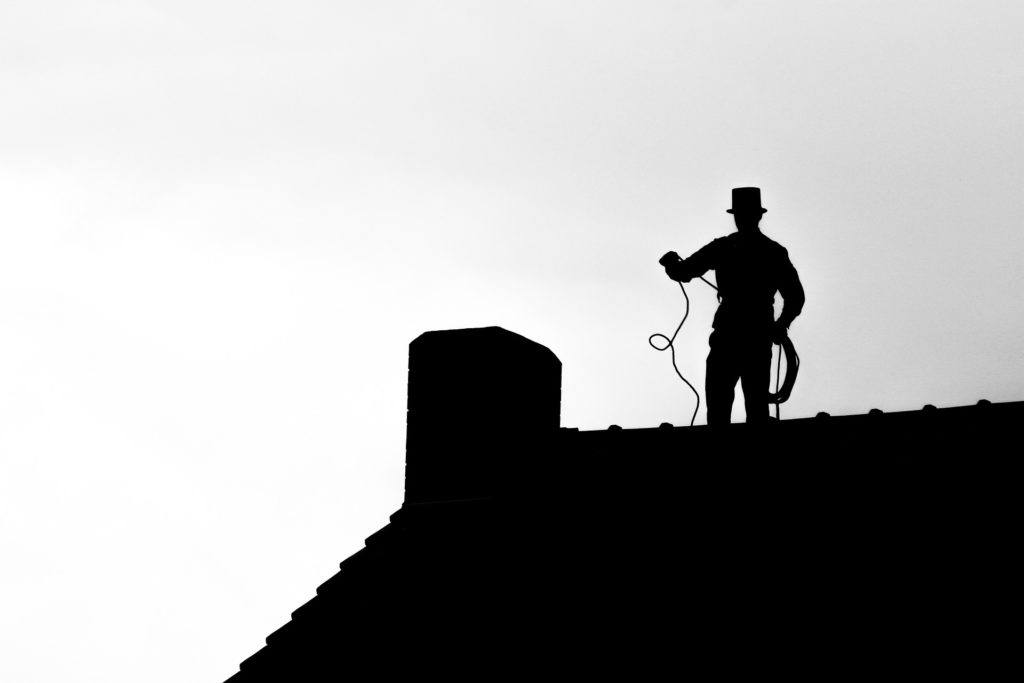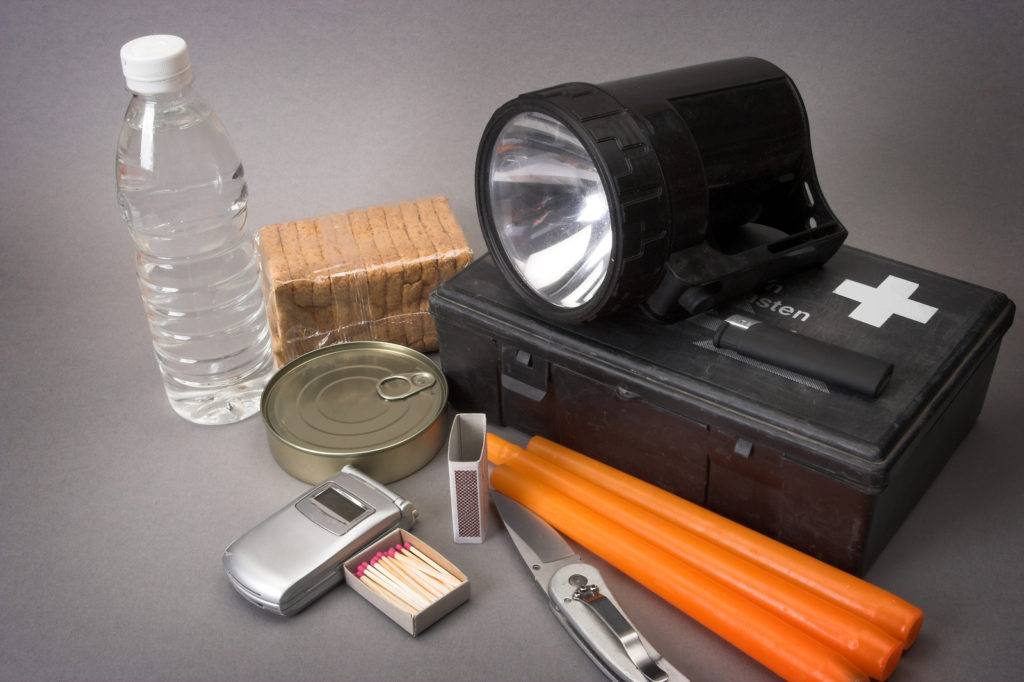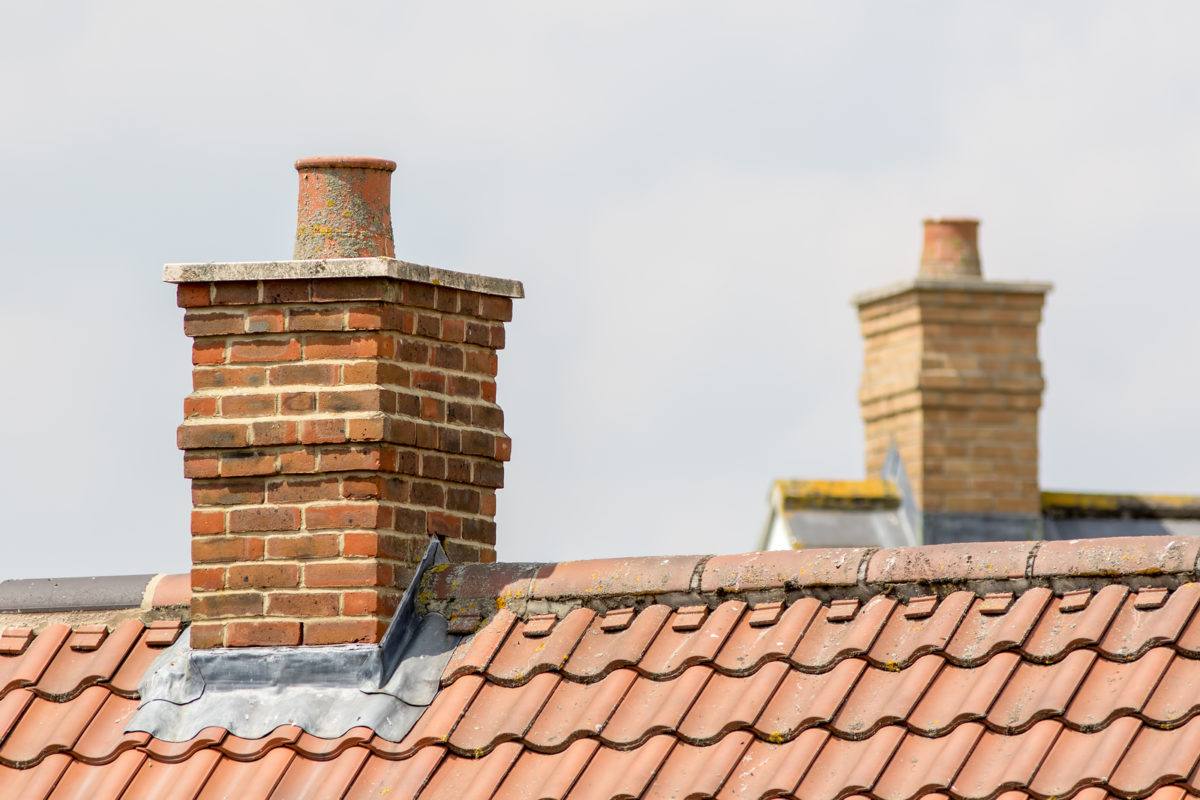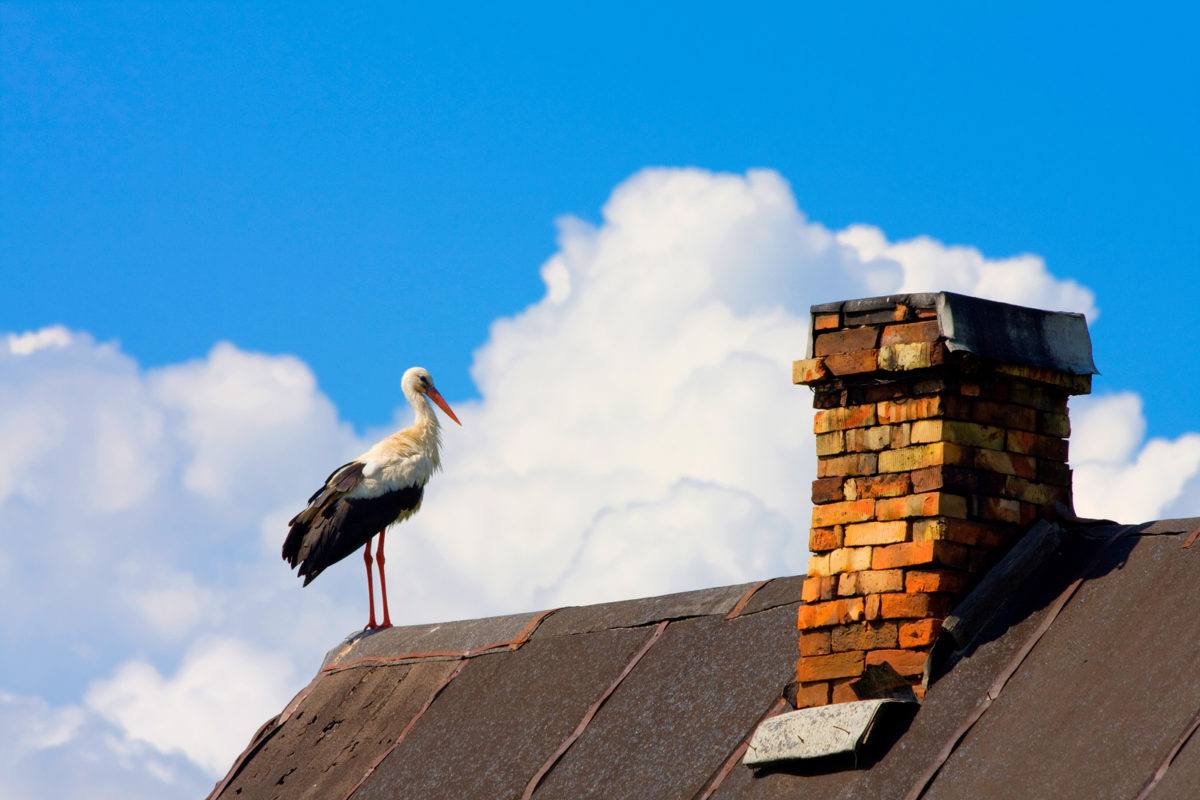Earthquake preparedness is a Californian duty. We don’t know when earthquakes will happen, but we do know we live in an area where they do happen with some regularity.
It’s easy to let years slip by since the last time you evaluated your earthquake kit. Or maybe you don’t have one? Some things to consider about earthquake kits is that they are not evacuation bags or “bug out bags”. You can assume that in an Earthquake you can stay in your home, or at least not have to go far. What you need to plan for is possibly long periods of time without electricity, and possibly without working plumbing or natural gas, as sewage systems may be damaged, or gas may be turned off for safety.
HERE’S WHAT YOU SHOULD CONSIDER FOR EARTHQUAKE PREPAREDNESS:
FRESH WATER
Store enough unopened jugs of water for about a gallon per person per day according to the Centers for Disease Control and Prevention. Three days is usually considered generous. Don’t forget, we don’t just drink water, we cook with it, wash dishes and ourselve with it, and more. Even though bottled water generally has a one to two year expiration date on the package, there’s no reason for it to become unusable unless the package is opened or damaged. Do not drink distilled water unless there is no other option, and not for long periods. Purified, filtered or spring water is fine.
FOOD SUPPLIES
Having fresh food it the refrigerator does you no good when the fridge has no power. For the special occasion of feeding your family after a sizeable earthquake, you’ll want to have non-perishable food set aside. You can pack cans of tuna and boxes of crackers, but you’ll likely be happier with dehydrated meals that can be rehydrated. They tend to taste a lot better than the dry goods and canned meats.
FIRST AID KIT
A well-stocked first aid kit can be bought in many stores, and the pre-stocked variety like this works just fine. No need to put together your own selection of bandages and medications. When selecting your first aid kit, do consider how many people it needs to serve. And make sure to periodically remove expired items and replace them with fresh ones.
LIGHTING
After an earthquake, power is often out. Flashlights or headlamps for everyone in the home, plus one lantern is usually a good amount of lighting. Even if you only spend one night without electricity, it’s hard to enjoy your evening in a completely dark home.
A RADIO
Either a transistor radio or a hand-crank powered radio is a good choice. In an emergency, your internet router will likely be down, and the radio is a reliable way to access news and information. This can help you know where to get supplies if needed, prepare for the weather, or know how when to expect power to come back on.
EXTRA BATTERIES
Extra batteries will serve you well, but don’t just put aside an hodge-podge of options. Choose the specific type of batteries needed for each other item in your Earthquake Kit: your radio, headlamps, lantern, flashlights, and anything else in the group. Have a larger amount of the batteries you expect to go through fastest.
STRUCTURAL SAFETY
Chimneys that are either known to be damaged, or whose structural integrity is unknown, are dangerous in an earthquake. This is because they can fall and hurt or kill people either indoors or outdoors. Don’t take this risk, have your chimney inspected by a professional with a camera to view its interior. If structural flaws are found, reduce risk by having them repaired immediately.
FAMILY PLAN
This is extremely useful in earthquakes as well as other emergencies. To create your family plan, gather everyone who lives with you and agree on what you’ll do after an emergency. This should include when, where, or how to meet up if you’re not together. Also who’s responsible for accounting for pets or young kids, who’s going to check on older relatives near by, or anything else. A great start is declaring a physical place to meet in an emergency that is outdoors and not under power lines or tall buildings.
With the right preparation, the hours and days after a large earthquake can be safe and even organized. You’ll be glad you had taken steps to create order and minimize risk in advance.





